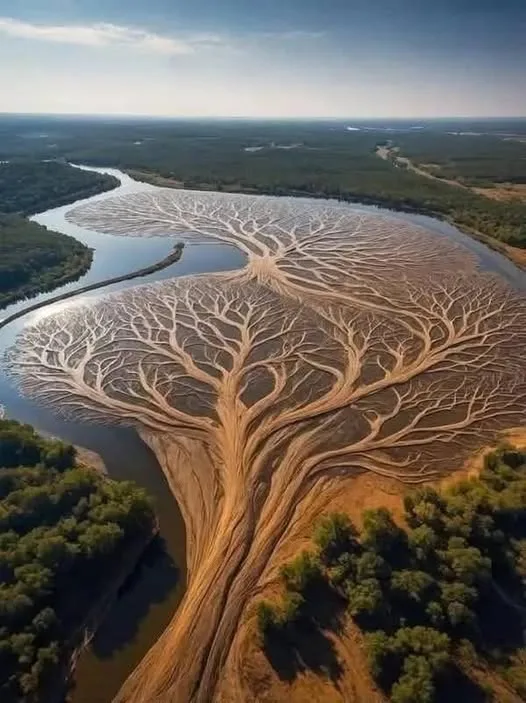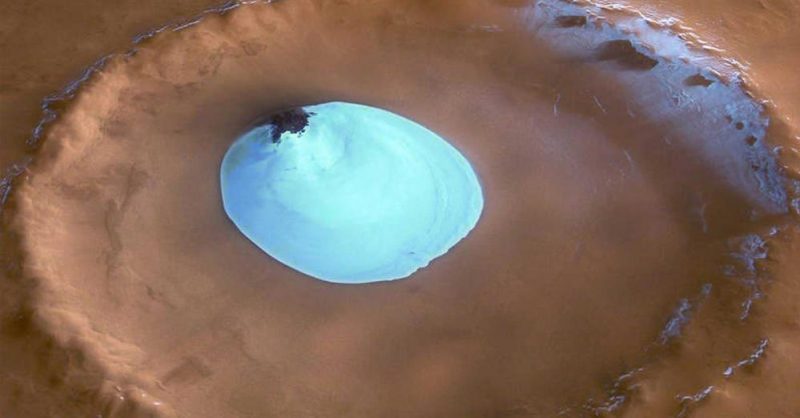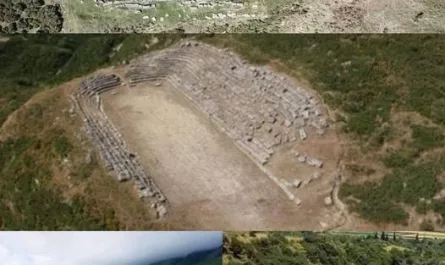When we talk about the great rivers of Africa, names like the Nile often come to mind. But there’s another colossal waterway, a true giant of the continent, that carves its way through the heart of Southern Africa, sustaining millions and powering nations: the Zambezi River.
As the fourth-longest river on the African continent, the Zambezi holds a unique distinction as one of the largest African rivers to flow directly into the vast Indian Ocean. Its journey is epic, its power undeniable, and its importance to the region immeasurable.

A Journey Across Six Nations
The Zambezi’s incredible journey begins humbly in Zambia, emerging from a small spring in the country’s northwest. From there, it embarks on a remarkable 2,574-kilometer odyssey, shaping landscapes and livelihoods along its path.
Its winding course takes it first through Angola, before it forms a natural boundary, tracing the border between Namibia and Botswana. It then gracefully re-enters the land of Zambia, continuing its eastward flow. The river then becomes a crucial lifeline for Zimbabwe, before finally making its grand exit through Mozambique to ultimately merge with the Indian Ocean. This vast drainage basin spans an impressive 1,390,000 square kilometers, an area less than half the size of the Nile Basin, yet incredibly significant in its own right.
Where Water Roars: The Falls of the Zambezi
The Zambezi is renowned for its spectacular waterfalls, each a testament to the river’s raw power and beauty:
- Victoria Falls (Mosi-oa-Tunya – “The Smoke That Thunders”): Undeniably the most famous, Victoria Falls is a UNESCO World Heritage site and one of the world’s largest and most breathtaking waterfalls. Located on the border between Zambia and Zimbabwe, its thundering roar and misty spray are an unforgettable experience.
- Shufuma Falls (also known as Chavuma Falls): Found on the border between Zambia and Angola, these falls might be less famous than Victoria, but they offer a stunning display of the river’s force in a more remote setting.
- Ngonye Falls: Situated near Sioma in western Zambia, Ngonye Falls (also known as Sioma Falls) offers a unique horseshoe shape and a captivating, wild beauty, often considered a hidden gem.
Powering a Continent: The Dams of the Zambezi
Beyond its natural wonders, the Zambezi is a critical source of hydroelectric power for Southern Africa, home to two of the continent’s major hydropower stations:
- Kariba Dam: This colossal dam, located on the border between Zambia and Zimbabwe, creates Lake Kariba, one of the world’s largest man-made lakes. The hydropower generated here is vital, providing much-needed electricity to both Zambia and Zimbabwe, fueling their industries and illuminating their homes.
- Cahora Bassa Dam: Further downstream in Mozambique, the Cahora Bassa Dam is another engineering marvel. It plays a pivotal role in generating electricity not only for Mozambique but also for neighboring South Africa, demonstrating the river’s regional economic significance.
- Victoria Falls Power Plant: In addition to these giants, a smaller, yet important, power plant also harnesses the energy of Victoria Falls itself, contributing to the local grid.
The Zambezi River is much more than just a waterway; it is the beating heart of Southern Africa. From its humble origins to its majestic entry into the Indian Ocean, it weaves a rich tapestry of natural beauty, cultural heritage, and economic vitality. Its falls inspire awe, its waters sustain life, and its power lights up nations. Truly, the Zambezi stands as one of Africa’s most indispensable treasures.





